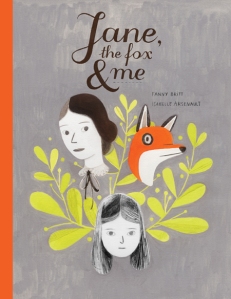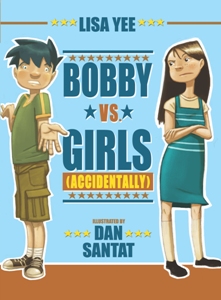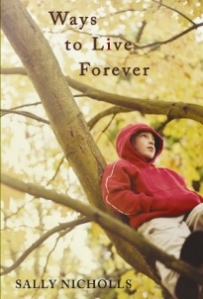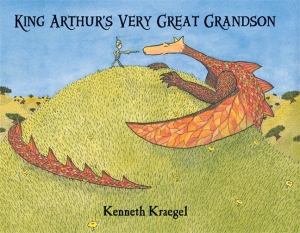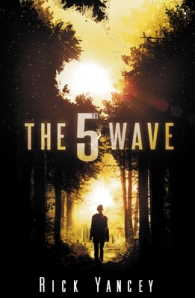 What if you discovered your very own pet dinosaur?
What if you discovered your very own pet dinosaur?
When Ely’s dog, Tommy, is accidentally killed in a car accident on his morning walk, Ely is overcome with grief. To help him deal with his loss, his parents send Ely to spend time at his grandpa’s over summer vacation. One day he sees a plastic T-Rex model and thinks, common sense aside, how cool it would be to have a pet T-Rex. He is soon in for a big surprise when he wanders into a cave — and meets a real T-Rex! But this is no ordinary dinosaur: he follows Ely around like a dog, and can do tricks like a dog, too. As they spend more time together, the bond between them grows stronger. Ely decides to name the dinosaur Tommy, and people flock to see the T-Rex. They even hold a show to raise money to help fund his care.
But not all are in support of Ely and his dinosaur. Randy, a local bully, can’t stand to let Ely get all the glory as the popular kid. No one can anticipate what happens next when he tries to take things into his own hands.
TenNapel’s graphic novels share an overarching sense of darkness, both in storyline and illustrations, but there are also strong themes of hope and family love. The number of kids and parents who have sought out his works at my library got me hooked, and I am glad of it. Tommysaurus Rex is anything but a light read: within a mere 137 pages, TenNapel addresses love, loss and bullying. I teared up more than once, but found the story’s resolution heartwarming.
Curious to find out more?
Take a look at other reviews from Publishers Weekly and Kirkus Review.
You can also read more about Tommysaurus Rex at Great Books for Kids and Teen, where you’ll also find links to TenNapel’s blog and website.

